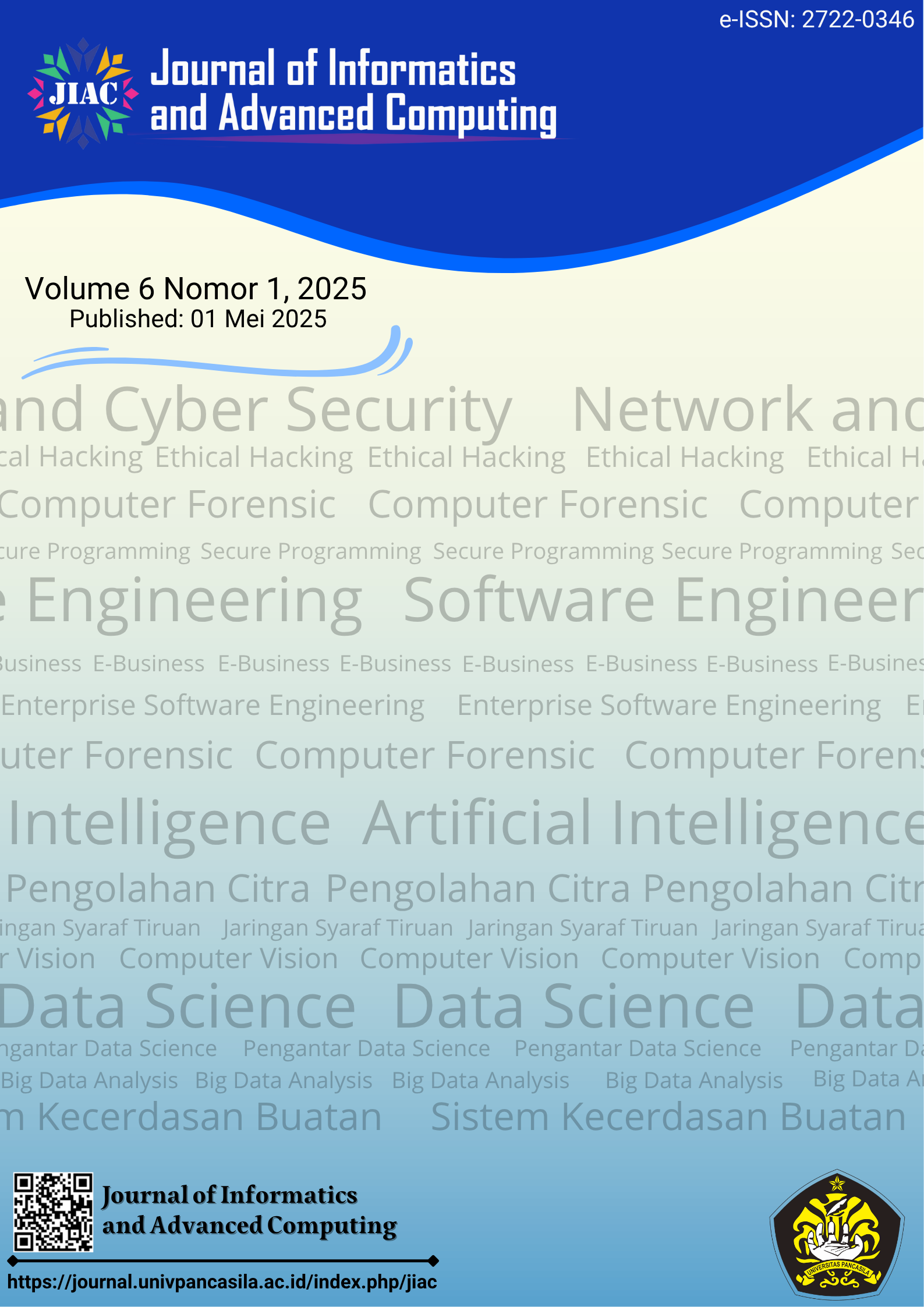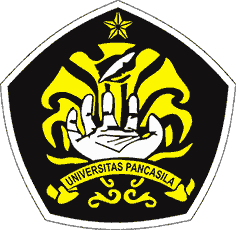Application of K-Means Clustering to Rice Productivity on Sumatra Island as a Strategy to Support Food Security
DOI:
https://doi.org/10.35814/ve9jhz24Keywords:
rice production, clustering, K-Means, Data MiningAbstract
Rice production is a crucial aspect of national food security, particularly in the Sumatra region, which plays a strategic role as Indonesia's food barn. This study was conducted to identify rice production patterns based on the characteristics of harvested area and annual production yields in order to produce a more informative segmentation of productivity areas. The main objective of this study is to segment rice production data using a clustering method, and evaluate the clustering results using statistical metrics and data mining visualization. The methodology used follows the CRISP-DM approach, with stages of data exploration, visualization, modeling, and evaluation. The algorithm used is K-Means Clustering with a total of three clusters. Data were obtained from Kaggle and BMKG, covering 8 provinces in Sumatra Island between 1995 and 2020, with a total of 208 annual observation data entries. The results show that the clustering model built has very good quality with a Silhouette Score of 0.7147 and a Davies-Bouldin Index (DBI) of 0.3752. The scatterplot visualization shows clear segmentation between clusters based on harvested area and production. In conclusion, the clustering approach is effective in classifying regions based on rice production characteristics. The implications of this research support the optimization of data-driven agricultural land management policies. For industry stakeholders and decision-makers, the results can provide a basis for prioritizing interventions, channeling agricultural assistance, and planning for sustainable food security at the regional level.











